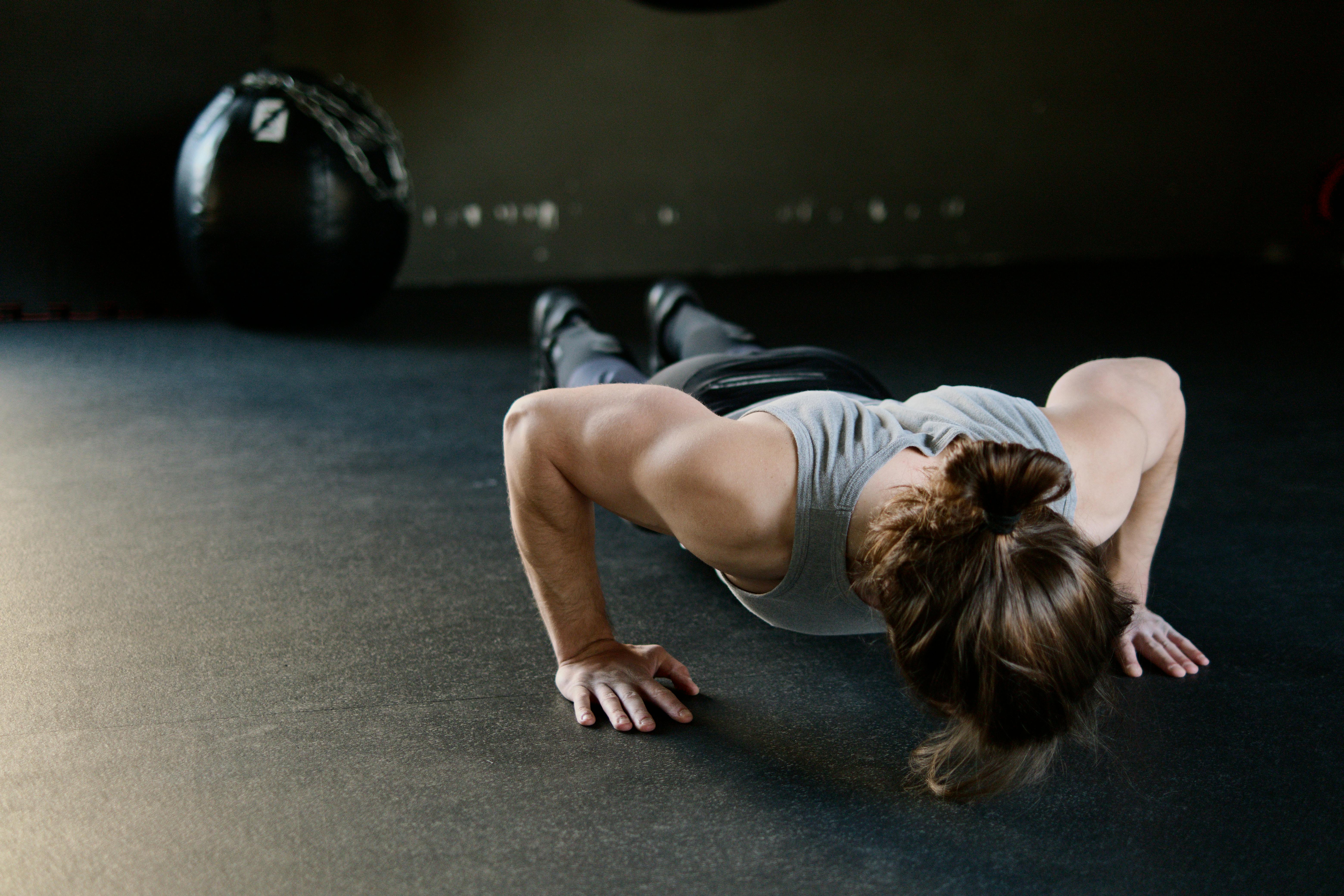How to Improve Your Push-Ups (And Why It Matters for Everything Else You Do in the Gym)
Push-ups are more than just a classic bodyweight exercise—they're a foundational movement that builds strength, stability, and endurance across multiple muscle groups. Whether you’re training for general fitness, building upper body strength, or aiming to improve performance in CrossFit, bootcamp, or functional fitness workouts, leveling up your push-up game will carry over into nearly every other movement in the gym.
Why Push-Ups Matter
At first glance, push-ups seem simple: lower your body to the floor and press back up. But beneath that simplicity lies a powerful full-body exercise. Done correctly, push-ups train your:
- Chest (pectorals)
- Shoulders (deltoids)
- Triceps
- Core (especially transverse abdominis and obliques)
- Serratus anterior (important for shoulder stability)
Because push-ups engage multiple joints and muscles, improving them enhances your overall body coordination and control. Better push-ups also tend to lead to better performance in movements like bench press, burpees, planks, overhead presses, and even pull-ups.
How to Improve Your Push-Ups
Here’s a structured plan to boost your push-up performance—no matter your starting point.
1. Perfect Your Form
Before adding reps or variations, lock in your form:
- Hands under shoulders (or slightly wider)
- Elbows at ~45° angle from the body
- Body in a straight line from head to heels
- Engage your core and glutes
- Lower until your chest nearly touches the floor
Tip: Video yourself or get feedback from a coach to correct form flaws.
2. Scale Smart
If standard push-ups are too challenging, scale with integrity instead of defaulting to sloppy reps.
- Incline push-ups: Use a box, bench, or wall to reduce the load.
- Negative push-ups: Start in plank position, lower slowly to the floor (3–5 seconds), then reset.
- Eccentric holds: Pause halfway down to build strength and control.
Avoid knee push-ups if possible, as they often disengage the core and create poor movement patterns.
3. Progressive Overload
Train push-ups like you would any other lift:
- Add reps weekly (e.g., 3 sets of 8 → 3 sets of 10 → 3 sets of 12)
- Increase difficulty with tempo (e.g., 3-1-1: 3 sec down, 1 sec pause, 1 sec up)
- Add load with a weighted vest or a plate on your back (only when form is solid)
4. Strengthen Supporting Muscles
If you're stuck on push-ups, target the muscles that help:
- Triceps: Dips, close-grip bench press, or dumbbell kickbacks
- Chest: Bench press, dumbbell press, or cable flys
- Core: Planks, hollow holds, dead bugs
- Scapular stability: Scap push-ups, wall slides, or serratus punches
5. Push-Up Training Plan (3x/week)
Day 1 – Volume
- Incline or regular push-ups: 4 sets to fatigue (but stop 1–2 reps before failure)
- Negative push-ups: 3 x 5 reps @ 5-second descent
- Plank hold: 3 x 30–60 sec
Day 2 – Strength
- Weighted push-ups (or tempo): 4 x 6–8
- Dips: 3 x 8–10
- Hollow hold: 3 x 20 sec
Day 3 – Skill + Core
- Max effort push-ups in 1 minute
- Scap push-ups: 3 x 10–15
- Bear crawl or bird dog: 3 sets x 20 seconds
How Better Push-Ups Improve Other Gym Movements
Stronger push-ups = stronger everything. Here’s how they carry over:
Gym MovementPush-Up CarryoverBench PressStronger chest, triceps, and core stabilityBurpeesMore efficient and powerful push-up phasePlanks / Core WorkBetter core engagement and enduranceOverhead PressImproved shoulder control and stabilityPull-UpsBetter scapular engagement and midline controlHandstand WorkGreater shoulder strength and body control
Final Thoughts
Improving your push-ups is more than a way to get better at one exercise—it’s a foundational step toward building overall upper body strength, stability, and endurance. Whether you’re a beginner trying to master your first full push-up or an athlete adding weight and volume, the benefits go far beyond the movement itself.
Start where you are, stay consistent, and push (up) your limits—your whole body will thank you.








